Archives
- 2025-10
- 2025-09
- 2025-03
- 2025-02
- 2025-01
- 2024-12
- 2024-11
- 2024-10
- 2024-09
- 2024-08
- 2024-07
- 2024-06
- 2024-05
- 2024-04
- 2024-03
- 2024-02
- 2024-01
- 2023-12
- 2023-11
- 2023-10
- 2023-09
- 2023-08
- 2023-07
- 2023-06
- 2023-05
- 2023-04
- 2023-03
- 2023-02
- 2023-01
- 2022-12
- 2022-11
- 2022-10
- 2022-09
- 2022-08
- 2022-07
- 2022-06
- 2022-05
- 2022-04
- 2022-03
- 2022-02
- 2022-01
- 2021-12
- 2021-11
- 2021-10
- 2021-09
- 2021-08
- 2021-07
- 2021-06
- 2021-05
- 2021-04
- 2021-03
- 2021-02
- 2021-01
- 2020-12
- 2020-11
- 2020-10
- 2020-09
- 2020-08
- 2020-07
- 2020-06
- 2020-05
- 2020-04
- 2020-03
- 2020-02
- 2020-01
- 2019-12
- 2019-11
- 2019-10
- 2019-09
- 2019-08
- 2018-07
-
In contrast to TPX members of the CPC Figure B
2024-08-08

In farnesyl diphosphate synthase to TPX2, members of the CPC (Figure 1B), such as survivin, borealin, and INCEN-P, which associate with Aurora B/C in animals, do not appear to have obvious homologs in plants. Recently, however, a putative INCEN-P homolog, termed WYRD, has been identified [34]. Seque
-
br Crystal structure ACLY protein is
2024-08-08
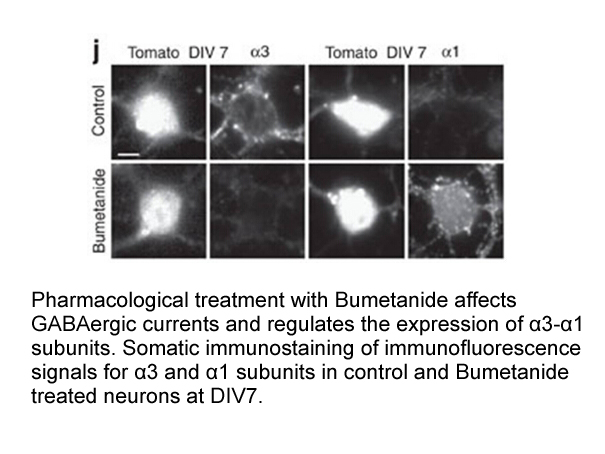
Crystal structure ACLY protein is a homotetramer of four identical subunits [9]. Each polypeptide chain contains 1101 amino-acid residues [10]. The crystal structure of full-length ACLY protein is yet unresolved. However, Sun et al. recently succeeded in crystallizing chymotrypsin-truncated human
-
Two critical determinants of receptor trafficking are found
2024-08-08
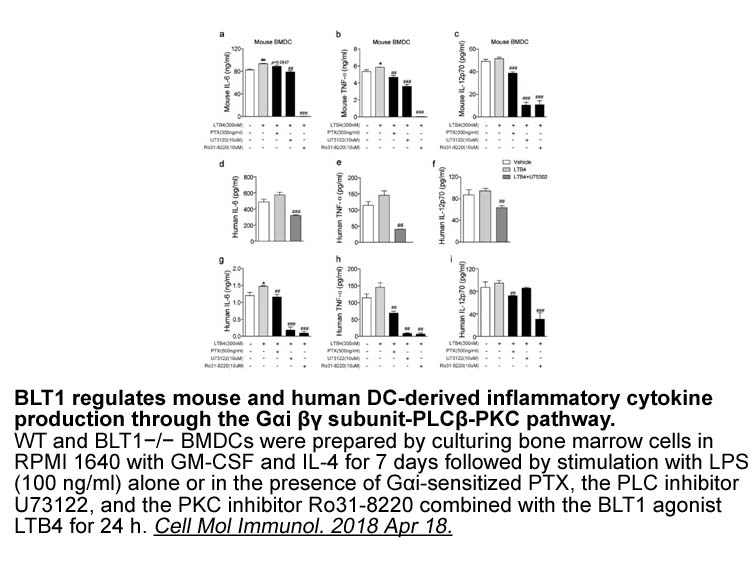
Two critical determinants of receptor trafficking are found within the GABAB1 cytoplasmic tail: the di-leucine internalization signal (EKSRLL) (Margeta-Mitrovic et al., 2000, Restituito et al., 2005) and the ER retention signal (RSRR) (Calver et al., 2001, Margeta-Mitrovic et al., 2000, Pagano et al
-
The previous reports studied only
2024-08-08
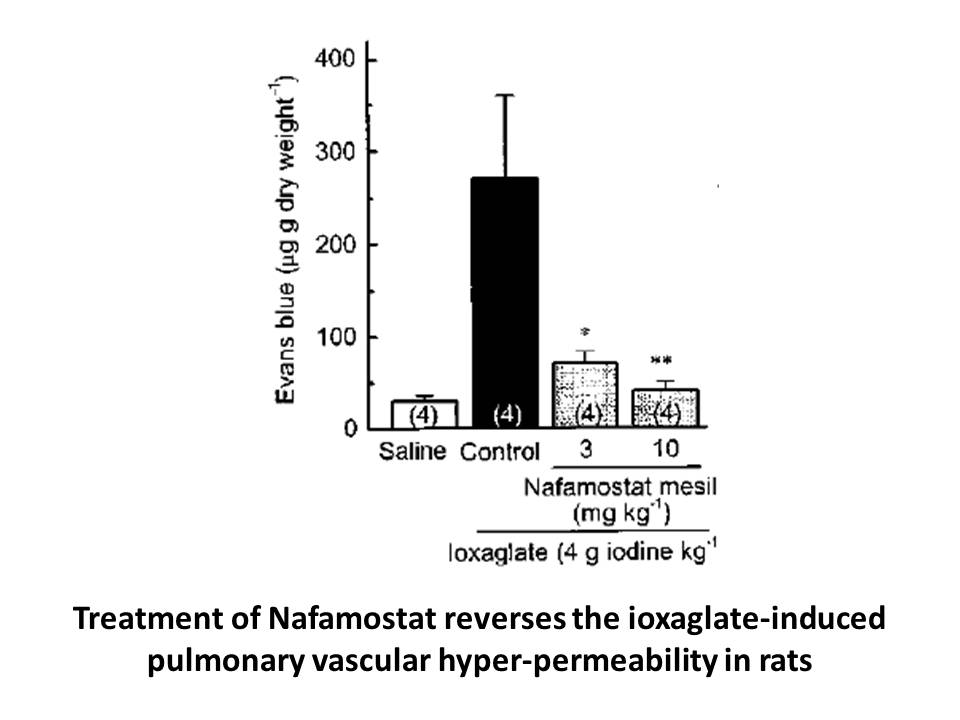
The previous reports studied only the apoptosis process in a single cell. In our case we generalized these models inspired by the results of Albeck et al. (2008) and Raychaudhuri et al. (2008), to study the apoptosis cell death after photodynamic therapy in those areas of the tumor that are not expo
-
Animal fat appears to increase C perfringens
2024-08-08

Animal fat appears to increase C. perfringens counts compared with vegetable oil, so there may indeed be some advantage to vegetable diets at least in terms of fat sources (Knarreborg et al., 2002). Small grains such as wheat, rye, oats, and barley, with high levels of non-starch polysaccharides are
-
Interestingly all of the ROS rearrangements share a
2024-08-07

Interestingly, all of the ROS1 rearrangements share a constant breakpoint in ROS1 and the fusion product contain the kinase domain resulting in aberrant ROS1 expression with constitutive kinase activity. Intrachromosomal deletions and interchromosomal translocations have demonstrated the existence o
-
Brefeldin A The mechanisms that control Ahr transcription ar
2024-08-07
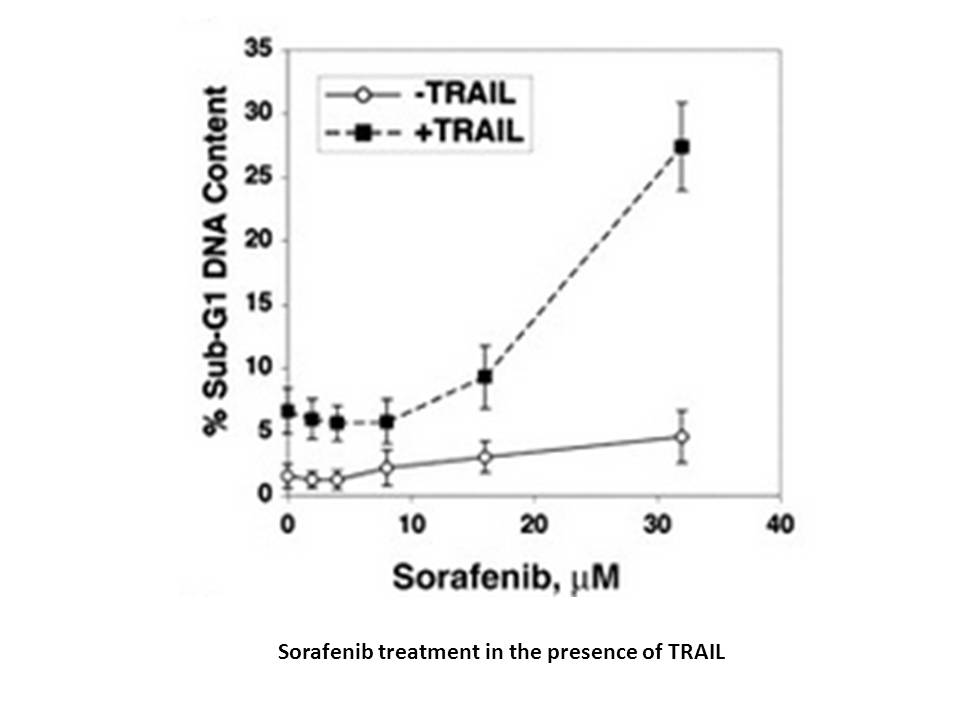
The mechanisms that control Ahr transcription are poorly understood, especially when considering cell type-specific regulation. A recent report suggested that the Ahr transcription might be directly promoted by RORγt [retinoic Brefeldin A receptor (RAR)-related orphan receptor γt] based on ChIP-Seq
-
Our co IP data show that HT A
2024-08-07
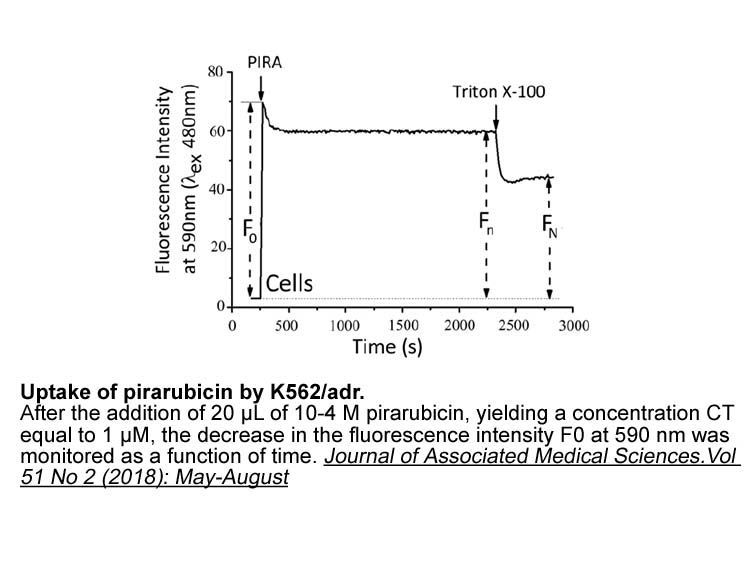
Our co-IP data show that 5HT1A or 5HT2A receptors do not heterodimerize with mGluR1α receptors. Given that both 5-HT and mGlu receptors are GPCRs and produce anxiolytic effects, a degree of cooperativity via a functional cross-talk may still exist between these receptors [11]. In addition to the fun
-
The specific binding domain between PGK
2024-08-07

The specific binding domain between PGK in group B strepotocci (GBS) and actin had been reported . PGK as the actin-binding protein identified in TMW 1.1434, which displayed highly significant adhesion was investigated for the binding sites and compared to bacteria with less strong adhesion to actin
-
br Conflict of interest br Acknowledgments This work was
2024-08-07
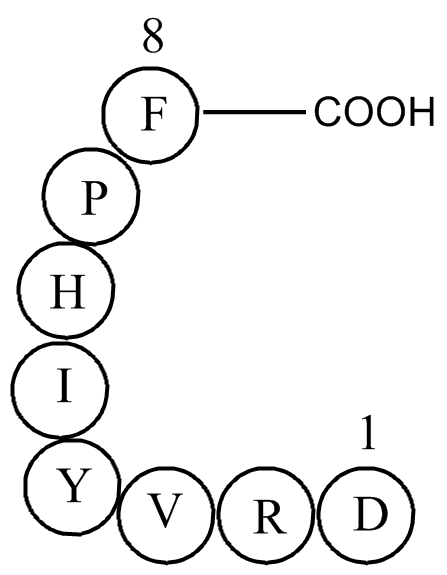
Conflict of interest Acknowledgments This work was supported by research grant [PR26/20326] from Santander Bank/UCM. The authors would like to thank Miguel Capo, Professor of Toxicology from the Universidad Complutense de Madrid, for his counseling during the preparation of the present work.
-
A review has recently been published to evaluate the potenti
2024-08-07

A review has recently been published to evaluate the potential effects of food, alcohol and AM966 juices on the pharmacokinetics and pharmacodynamics of the drugs for BPH. The authors reviewed the PubMed database during the years 1991–2015. In addition, a digital version of Stockley on drug interac
-
It has been shown that ACLY
2024-08-07
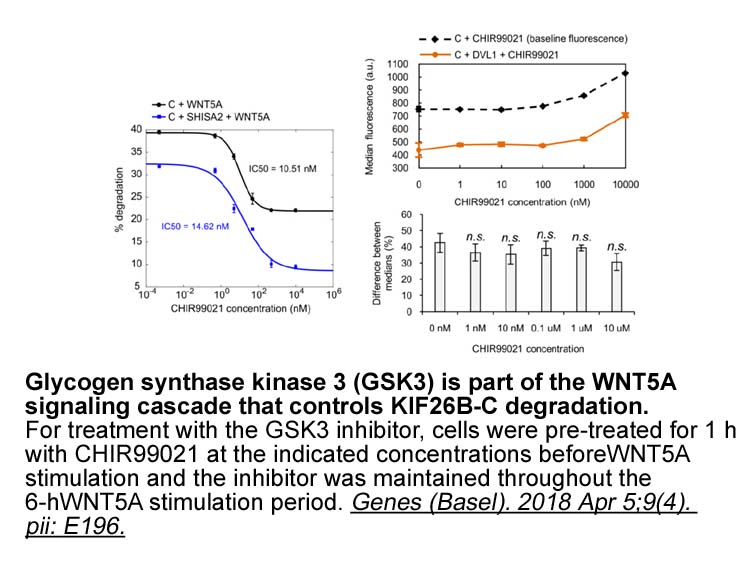
It has been shown that ACLY is localized to not only the cytoplasm but also the nucleus. Nuclear ACLY may supply acetyl-CoA for histone acetylation, leading to global regulation of the gene expression [16], [18]. We previously reported that AZ2 is also localized to both the cytoplasm and nucleus whe
-
br Materials and methods br Results br Discussion
2024-08-06
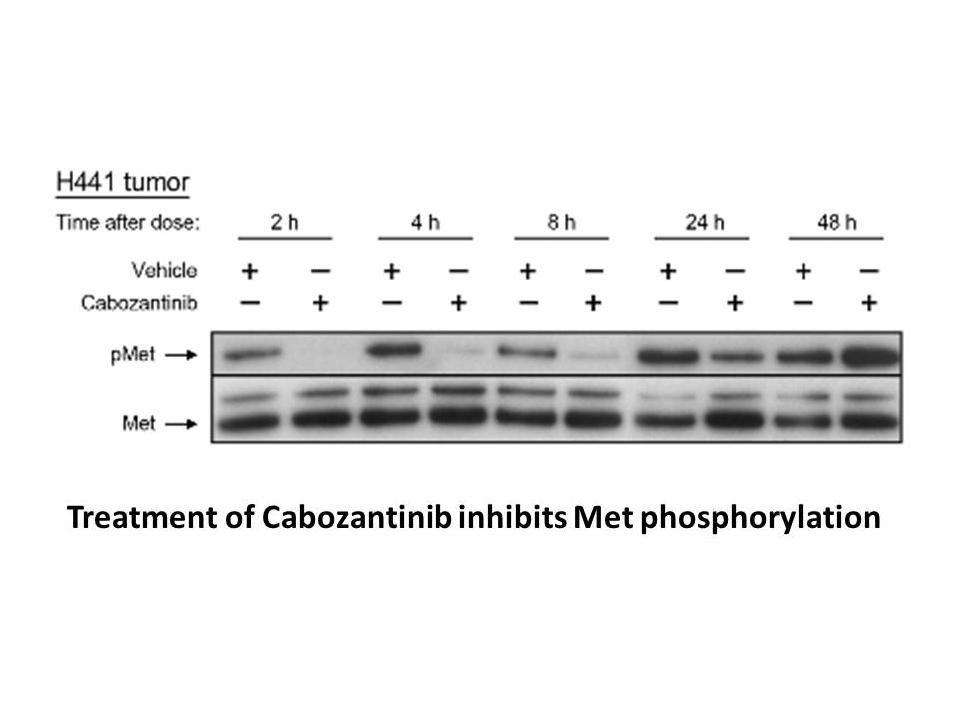
Materials and methods Results Discussion Japanese encephalitis caused by JEV is characterized by Palosuran mg neuron death. However, the underlying mechanism is not fully understood. We and other researchers have demonstrated that JEV induces apoptosis by ER stress-mediated IRE1/JNK and ROS
-
ras inhibitor The loss of synaptic proteins such as
2024-08-06
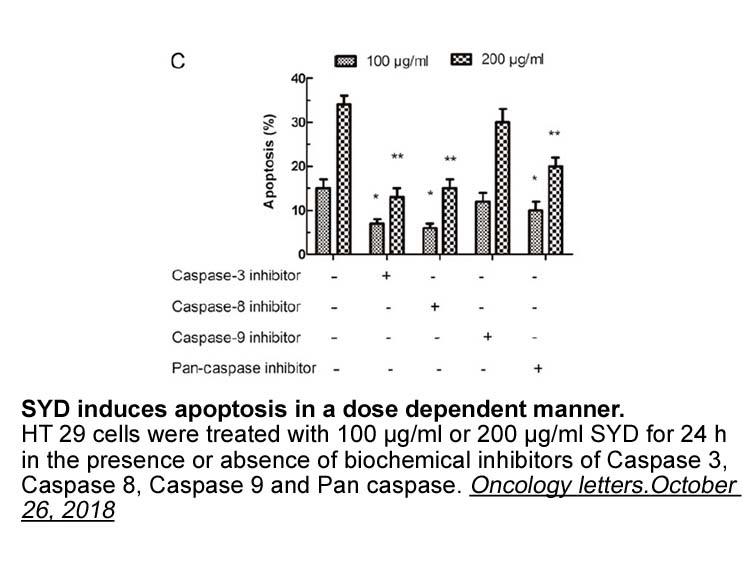
The loss of synaptic proteins such as synaptophysin from the ras inhibitor is indicative of synapse degeneration and provided a good correlate of the degree of dementia in AD [12], [13], [14]. Consequently, the loss of synaptic proteins from cultured primary neurons incubated with Aβ provides a use
-
Neural activity resulting from sensory experience is
2024-08-06

Neural activity resulting from sensory experience is required for the refinement and maturation of neural circuits during cortical critical periods. This refinement is thought to be important for functional optimization of primary sensory cortices, enabling critical functions such as feature detect
14513 records 106/968 page Previous Next First page 上5页 106107108109110 下5页 Last page